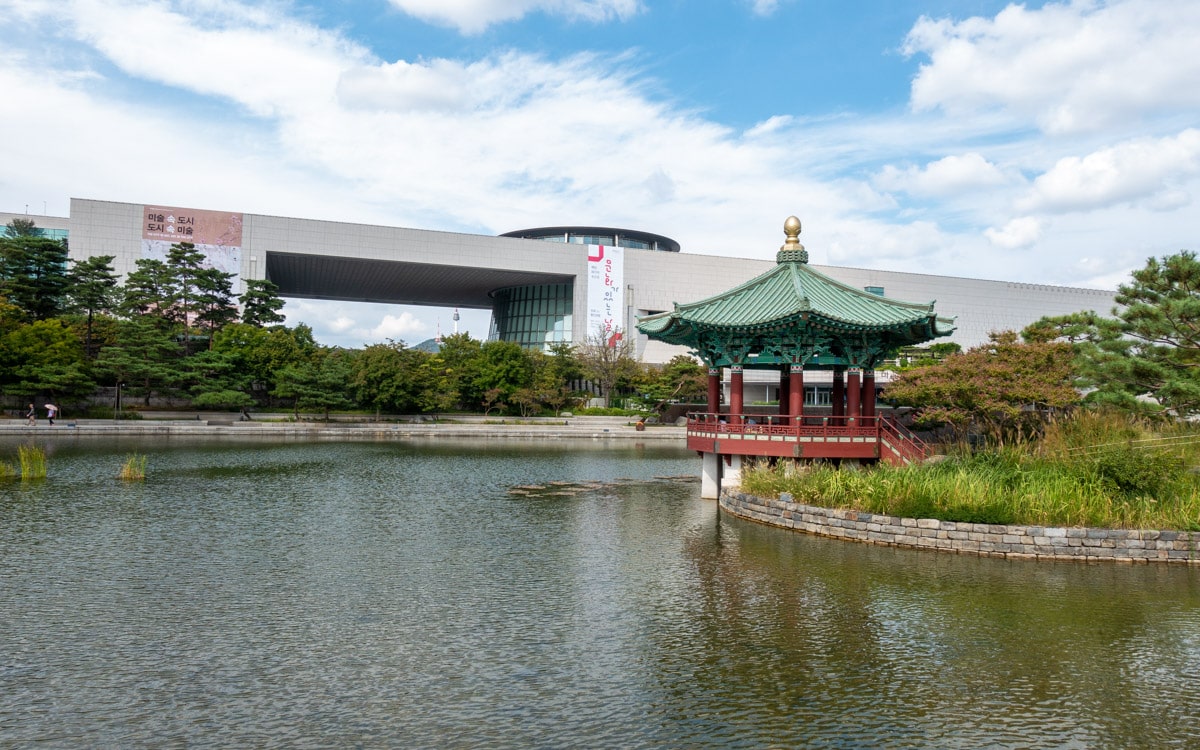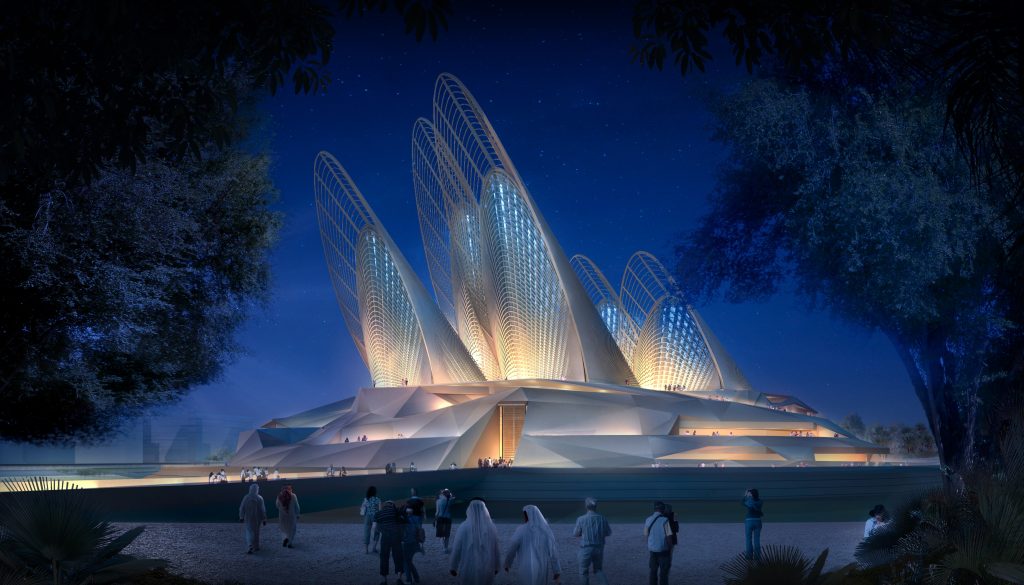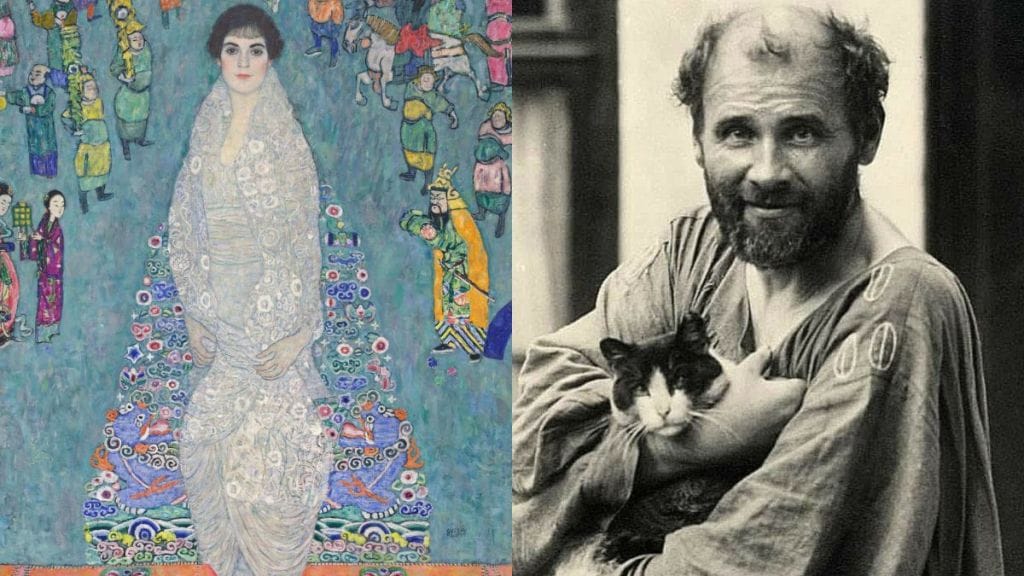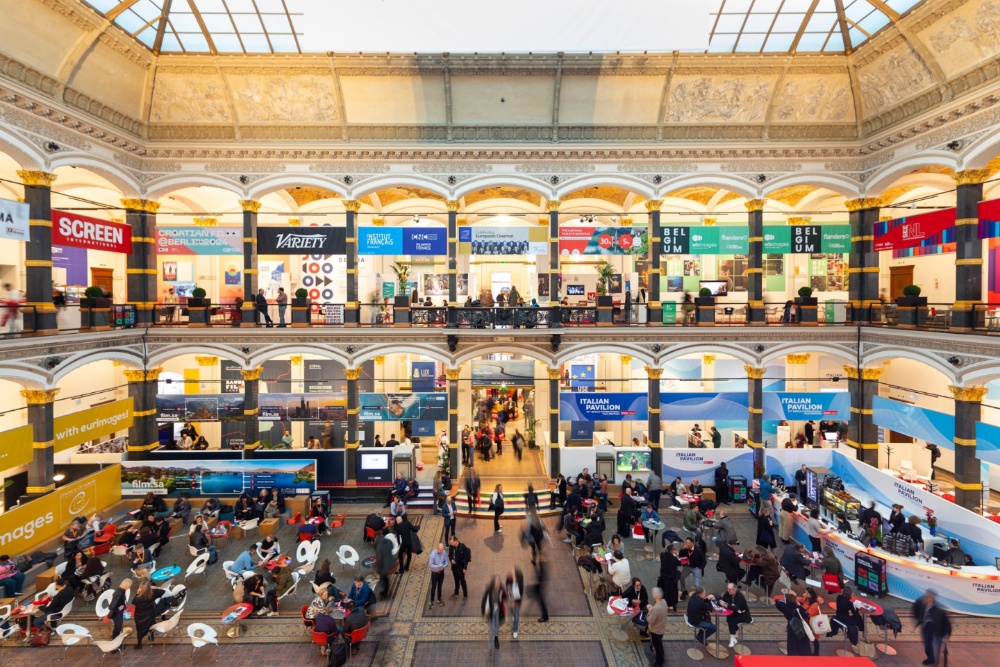The National Museum of Korea in Yongsan District, central Seoul, is set to open a comprehensive exhibit about Islamic art on Saturday.
Co-organized with the Museum of Islamic Art in Doha, Qatar, “Islamic Art: A Journey of Splendour” features 83 works spanning some 1,400 years of history, including early Qur’an folios, imperial carpets, manuscripts, jewellery and ceramics.
Director of the National Museum of Korea You Hong-june highlighted the designs on windows and Islamic ceramics. “In addition to seeing the artefacts, the latticework and calligraphic designs offer a transporting experience to a whole new art world outside Korea,” he said during the exhibits press conference on Friday at the museum.
![From left, Director of the Museum of Korea You Hong-june; Shaika Nasser Al-Nassr, director of the Museum of Islamic Art; Mounia Chekhab-Abudaya, deputy director of curatorial affairs at the Museum of Islamic Art; and Ambassador of Qatar to the Republic of Korea Khalid Al-Hamar view a mihrab panel displayed at the National Museum of Korea's “Islamic Art: A Journey of Splendor" exhibit in Yongsan District, central Seoul, on Nov. 21. [YONHAP]](https://menamagazine.com/wp-content/uploads/2025/11/224ef965-c217-4b82-a1f8-757ed61bd3d4.jpg)
From left, Director of the Museum of Korea You Hong-june; Shaika Nasser Al-Nassr, director of the Museum of Islamic Art; Mounia Chekhab-Abudaya, deputy director of curatorial affairs at the Museum of Islamic Art; and Ambassador of Qatar to the Republic of Korea Khalid Al-Hamar view a mihrab panel displayed at the National Museum of Korea’s “Islamic Art: A Journey of Splendour” exhibit in Yongsan District, central Seoul, on Nov. 21.
“This exhibition is a meaningful opportunity to introduce Islamic art through our collaboration with the Museum of Islamic Art, Doha,” he continued. “I hope that visitors will gain a deeper understanding of the Islamic culture that flourished brilliantly across eras and regions, and that the exhibition will inspire reflection on the diversity of human cultures and the value of co-existence.”
Shaika Nasser Al-Nassr, director of the Museum of Islamic Art, also said at the press conference, “We extend our sincere gratitude to the National Museum of Korea for the partnership and warm collaboration that have brought this exhibition to life. ‘Islamic Art: A Journey of Splendour’ reflects our commitment to nurturing cultural dialogue and mutual appreciation through the universal language of art. As we mark the 20th anniversary of Qatar Museums, this exhibition stands as a testament to our ongoing dedication to strengthening global exchange and understanding. Together, we celebrate the power of art to connect people and inspire understanding across borders.”
![A glass flask from the Abbasid Dynasty between the 8th and 9th centuries using the ″marvering″ technique. [LEE JIAN]](https://menamagazine.com/wp-content/uploads/2025/11/d5fc5027-54a1-4b47-869f-db12bac3fc89.jpg)
A glass flask from the Abbasid Dynasty between the 8th and 9th centuries using the ″marvering″ technique.
The exhibit is divided into three sections:
Part one, “Religious Art of the Islamic World,” explores the essence of Islamic art, which is the religion itself. It showcases Qur’an manuscripts and architectural elements that once adorned religious spaces—such as mihrab panels, mosque lamps and prayer carpets, all embellished with arabesques, geometric patterns and calligraphic inscriptions.
The second, “The Embrace and Expansion of Islamic Culture,” illuminates how Islamic culture, which originated on the Arabian Peninsula, engaged with diverse regions and matured into a dynamic and syncretic cultural tradition. It features celestial globes and astrolabes — used for observing the heavens — that reflect both scientific inquiry and the curiosity that drove Islamic scholars toward new worlds across the seas. There is also glassware, ceramics and metalwork crafted by master artisans that demonstrate how, through sustained interaction and adaptation, Islamic art harmonized artistic traditions and techniques from different regions and blended into a distinctive visual culture of the Islamic world.
The final section, “The Islamic Courtly Culture and Manuscripts,” highlights the flourishing worlds of art and scholarship that blossomed within the courts of the Islamic empires. It displays exquisite carpets, textiles and jewelry from the Ottoman (1299–1922), Safavid (1501–1732) and Mughal (1526–1857) dynasties, including a 250-centimeter-tall (8-foot, 2-inch-tall) “Throne Carpet” from the 17th century.
![The "Damascus Room" [YONHAP]](https://menamagazine.com/wp-content/uploads/2025/11/c4e43c77-c4d3-4ed8-9f44-fb04516735be.jpg)
The “Damascus Room”
The exhibition also includes the “Damascus Room”—one of the signature spaces of the Museum of Islamic Art, Doha—which allows visitors to rest on comfortable couches and experience the atmosphere of the period when Islamic culture flourished through digital art.
The show was curated for children as well, with tactile materials to physically feel the displayed artefacts and the “Digital Experience” area, where visitors can digitally create their own geometric motifs and patterns.
On the opening day of the exhibition — Saturday — Dr. Mounia Chekhab Abudaya, deputy director of curatorial affairs at the Museum of Islamic Art, Doha, eminent scholar of Islamic art and co-curator of this exhibition, will deliver a lecture titled “A Journey of Splendour: Presenting Islamic Art from Doha to Seoul” at 1 p.m. The lecture will be open to the public on a first-come, first-served basis without prior reservation.




